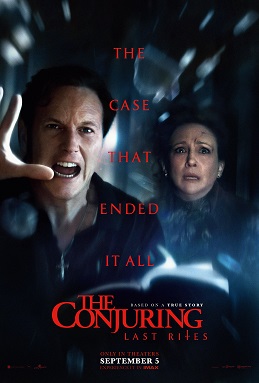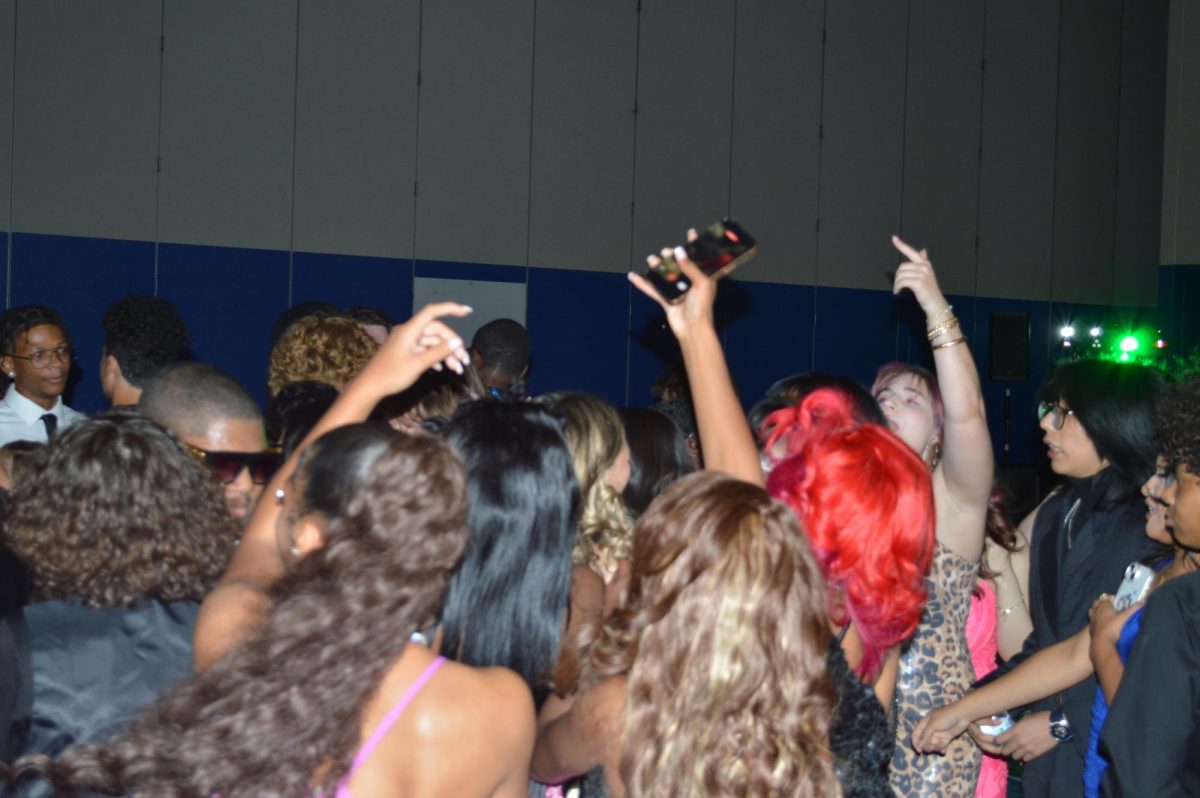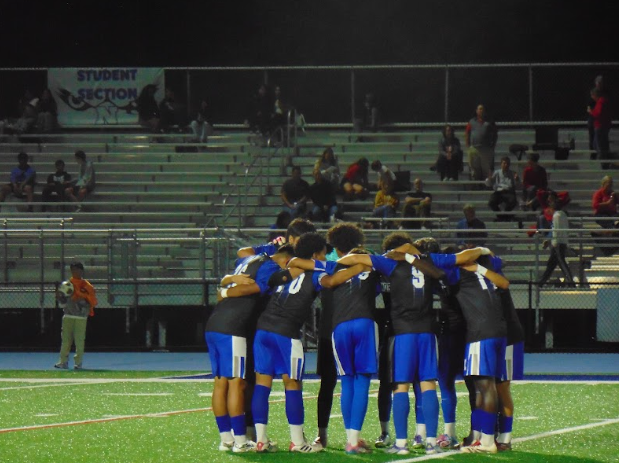In the horror video game community, it’s hard to find games that stand out from the rest. There’s always the usual subjects: the serial killer that had a tough childhood and takes their pent-up anger out on the world, and other tropes. These don’t necessarily make the game bad, but we just want something unique. As long as the lore, jumpscares, and characters hit just right, it’s a good game. Games under the Mascot horror umbrella tend to utilize these tools well.
Mascot horror is a video game subgenre with a distinctive cartoonish-style. Most Mascot horror games often have a recognisable main character or group of characters that are both the mascot of an in-universe children’s franchise and a mascot for the game itself.
“Five Nights at Freddy’s” or “FnaF” is probably the most famous example of a mascot horror game. Many “FnaF” games have been released since the first one in 2014 by Scott Cawthon, but the average “FnAF” game features jumpscares, gore, themes of child abuse, and child murder. Although the lore is confusing, we can all agree that Scott Cawthon’s games will go down in history as some of the best horror games. However, most “FnaF” games attract a child fanbase despite the dark themes the games feature.
Children are obsessed with the games because of YouTube, specifically the Elsagate/ YouTube shorts side of it.
Elsagate refers to videos on YouTube that are geared towards children, but behind the eye-catching thumbnails, contain inappropriate content. These videos are often made by YouTube channels that use computer programs to automate tasks and pump out tons of content, known as content farming. With AI becoming so popular, it’s easy for someone to just ask an AI to make these Elsagate videos, or splice clips together in a compilation of pure brainrot. These videos rack up millions upon millions of views, lining the pockets of those behind these accounts and attracting too many children to media that’s not made for them.
These Elsagate videos taint the image of games that have a cartoonish feel to them but are for mature audiences and draw a child fanbase to them, making it seem like the games are for children and dissuading mature audiences from discovering a potentially amazing game.
This isn’t the first time this has happened: “Friday night Funkin” was also a recent victim of YouTube Elsagate. “Friday Night Funkin” or “FnF” is a rhythm game developed by the Funkin’ crew and released in 2020. The cartoonish art style and amazing music attracted many people. However, the game slightly explores sexual themes, strong language, violence, and disturbing imagery. Most of these are subtle, like one of the songs having a slightly inappropriate title, but some are more in your face, like the characters spewing out curse words. But despite these attempts in attracting a more mature audience, Youtube got their hands on the game fast, and before I knew it, every time I searched up “FnF” on YouTube and scrolled, my eyes were assaulted with multiple videos of characters from “FnF” doing explicit things with millions of views.
This is a big problem for the children viewing these videos, as it’s exposing them to content that’s arguably more inappropriate than the actual games themselves. In a generation where children are glued to their screens, the situation is even more apparent. And it’s not like YouTube can just make a new restriction and everything will be fine. Because of how the videos are presented (the saturated, kid-friendly looking thumbnails), they just fly right under YouTube’s radar.
Just today, I watched a video of this woman cleaning her kid’s room, and on one of the walls was a “FnaF” poster, specifically from the “FnaF’ movie, which, you guessed it, features jumpscares, gore, and themes of child abuse/ murder. Mind you, the kids couldn’t have been older than 7 judging by the many, many children’s toys scattered around the room. Clearly this is a relevant issue.
Paired with watching the Elsagate videos, it’s so easy for children to get into these games because there’s honestly not much food for thought. In a game like “FnaF’ they know there’s some animatronic that they have to escape/ kill. But for teens/ adults, we can investigate and really get into the meat of the lore, asking questions like “Why is this animatronic trying to kill me?” rather than fixating on the animatronic’s appearance.
These Elsagate videos have also made their mark even more recently on “Poppy Playtime.” In “Poppy Playtime,” the player controls a former employee at the Playtime Co. toy factory who, after receiving a mysterious note inviting them back, returns to the factory in search of answers for the many, many disappearances of their colleagues. As the player (employee) explores different sections of the factory, they solve puzzles and uncover the dark history of the Playtime company and the horrors that lie within the factory. The game exploded in popularity after Mob Entertainment released chapter 1 in Oct. 2021, later releasing three more chapters from 2022 – 2025.
The story of “Poppy Playtime” is pretty heavy. The game features scenes of gore, disturbing imagery, jump scares, and themes of abuse and experimentation on children.
For example, one disturbing scene is when the player stumbles upon a character hanging by their arms in a cell block within the factory, with the lower half of their body torn off. This character warns the player of the fate they might meet if they stay in the factory before smaller, possessed toys enter the cell block and graphic display of the toys entering orifices in the hanging character’s body ensues as the toys take control and make the hanging character chase the player against their will.
It’s safe to say that this game is for teens/adults and no children (at least ages 10 and below) should be having anything to do with ”Poppy Playtime,” but, as you probably guessed, children love the game. Not long after chapter 1 dropped, Huggy Wuggy (the main antagonist of Chapter 1) plagued YouTube. The same went for the other characters in the following chapters. Content farm YouTube channels took what was supposed to be a grim, disturbing story, stripped the colorful, child-appealing toys from it, and transformed it into every Elsagate YouTuber’s brand new pawn for cooking up videos that’ll get them millions of views.
I’m a pretty big fan of the game and recommend it to anyone looking for a lore-heavy, mascot horror game that isn’t “FnAF” or heavily “FnAF” inspired. Seeing all these children say they love “Poppy Playtime” when really their brains don’t even have the capacity to understand the dark, complex lore is very alarming and should be even more alarming to parents.
With all that being said, who is really to blame here? When you think about it, both “Poppy Playtime” and YouTube are profiting off of their audiences, so who cares what audience they attract as long as they get paid? I won’t deny that “Poppy Playtime” is having its cake and eating it too, but it’s not like it’s catering specifically to their child audience because of that. It’s actually quite the opposite: each chapter they’ve released is more gruesome than the last, so yes, YouTube Elsagate content is to blame for “Poppy Playtime” being perceived as a children’s game.
The most we can do to avoid these videos swaying our opinions on new games that aren’t for children but have a children’s appeal is either by playing the game as soon as it releases or watching a gameplay video on it. And if you’re a parent, please make sure your children aren’t consuming any content online that could be inappropriate for their age.















Teresa Harrison • May 20, 2025 at 11:41 am
This is a well-written, insightful piece. Great job!
Mr. Bucci • May 19, 2025 at 8:01 am
Years ago, I came across fake paw patrol content where the characters were animated in a South Park style and getting involved in some moderately upsetting stuff like getting caught on fire and hurting themselves and others. It seems related to this trend that you\’re discussing–very interesting stuff. I\’m glad to read it and am reminded to take a closer look at the Minecraft videos that my son likes to watch.